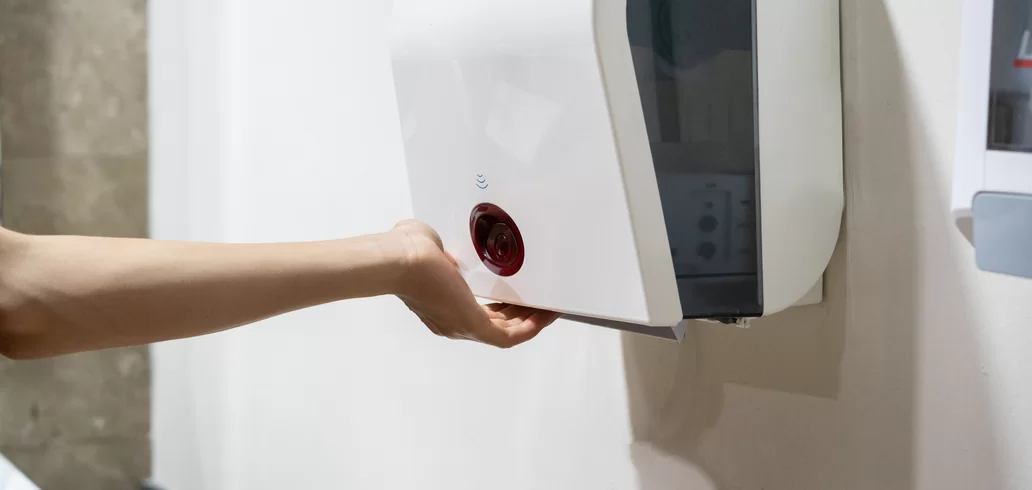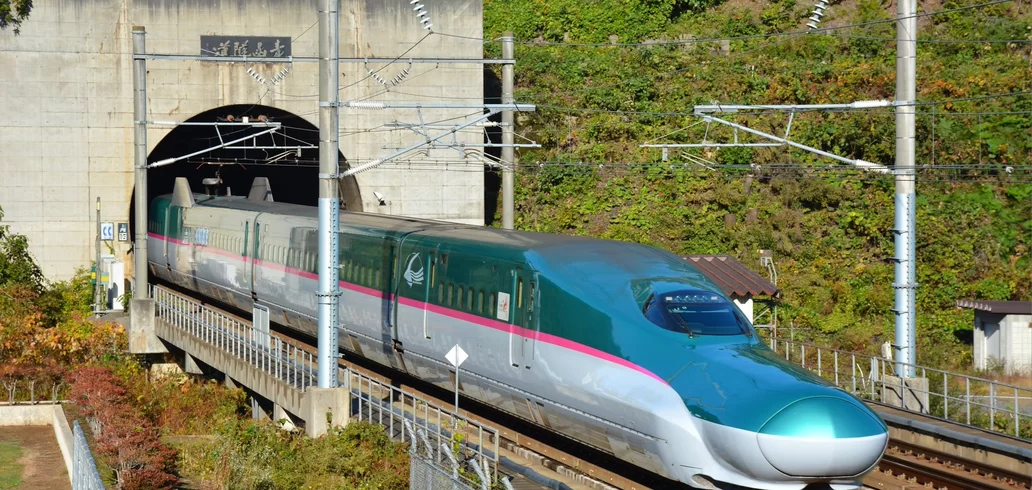Entertainment
Svalbard International Silo: Norway's seed bank holds 90% of all the world's seeds
Advertisement
The seed bank stores millions of plant seeds from around the world. The idea is that, if needed, the seeds can be retrieved and used to restore food crops that have been lost in a catastrophic event. The bank is a safeguard for global food security and a vital resource for preserving agricultural biodiversity.
Although it is often referred to as the “Norwegian Seed Bank”, it is important to note that the seed bank is a global initiative, with the Norwegian government being one of the many partners involved in its funding and operation.
The Global Seed Vault in Svalbard
The Svalbard Global Seed Vault, also known as the Svalbard World Seed Bank, is a facility that houses a large collection of plant seeds from around the world. It is located on the island of Spitsbergen in the Svalbard archipelago in Norway.
The primary purpose of the Global Seed Vault is to serve as a safety reserve for the genetic diversity of the world’s food crops. This means that it stores a variety of seeds from plants that are important for agriculture and global food security. The idea behind the seed bank is to ensure that even in the event of natural disasters, wars or other emergencies, seeds can be preserved and made available to help with crop recovery and food security.
The Global Seed Vault is run by the Government of Norway in partnership with other international organizations and is considered one of the most important projects for biodiversity conservation and global food security. It began operating in 2008 and has since served as a vital seed repository for the future of agriculture and humanity.
Dried and frozen seeds for preservation
Yes, at the Svalbard Global Seed Vault, seeds are stored in temperature-controlled conditions, maintained at low temperatures to preserve their viability for long periods of time. Seeds are dried before storage to remove moisture, which helps prevent freeze damage and spoilage during storage.
The environment inside the silo is maintained at a temperature of around -18°C (-0.4°F), which helps ensure the longevity of the seeds. In addition, the site is built in a remote and protected area, which reduces the risk of damage from natural or man-made disasters.
These storage conditions are essential to ensure that seeds can remain viable for long periods of time, sometimes up to thousands of years, ensuring that the genetic diversity of crops is preserved for the future.





